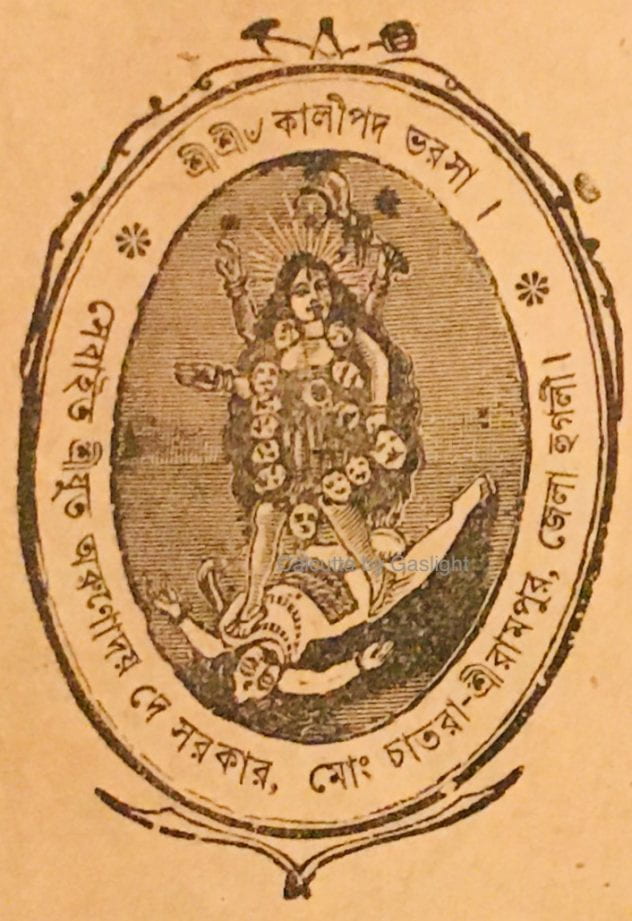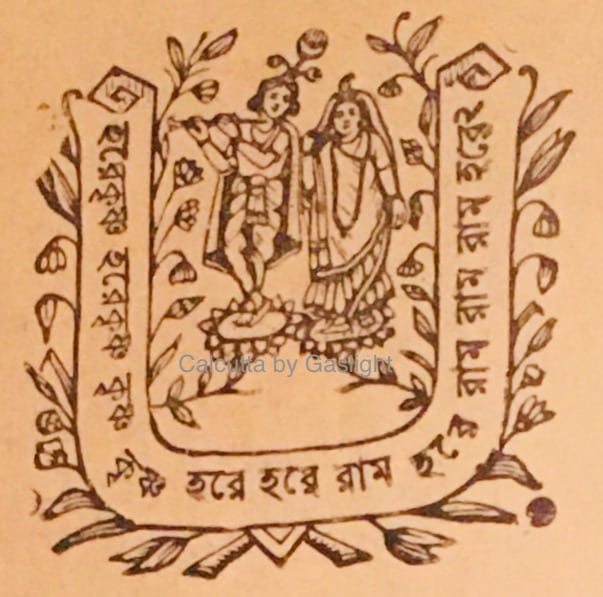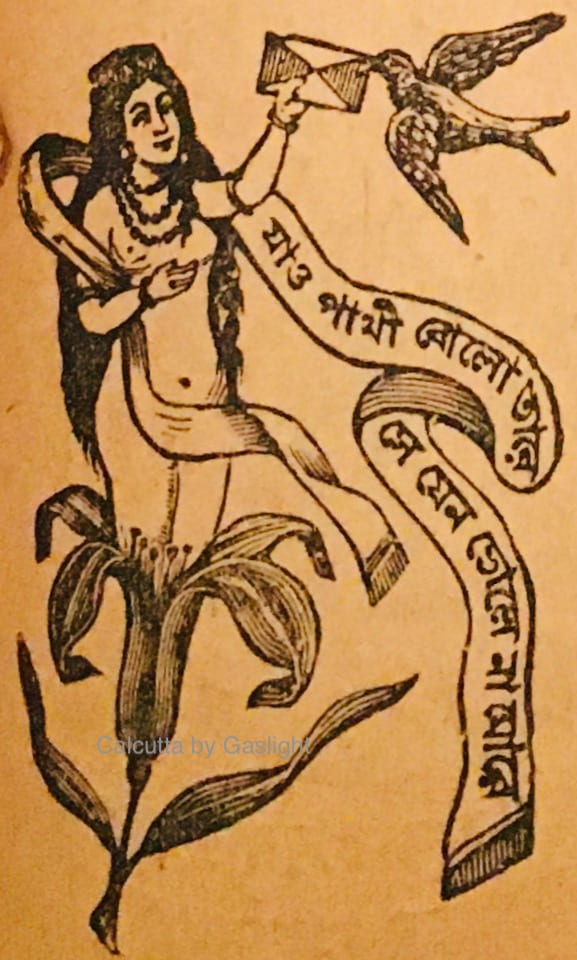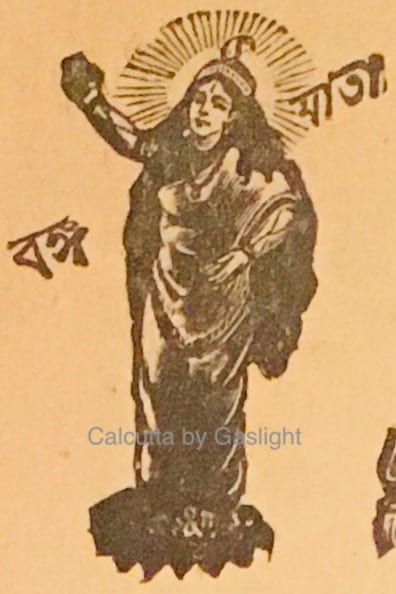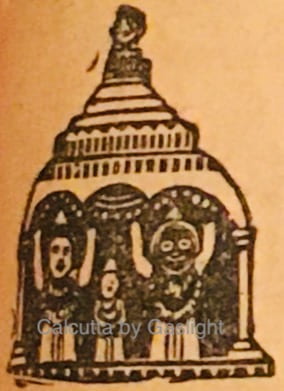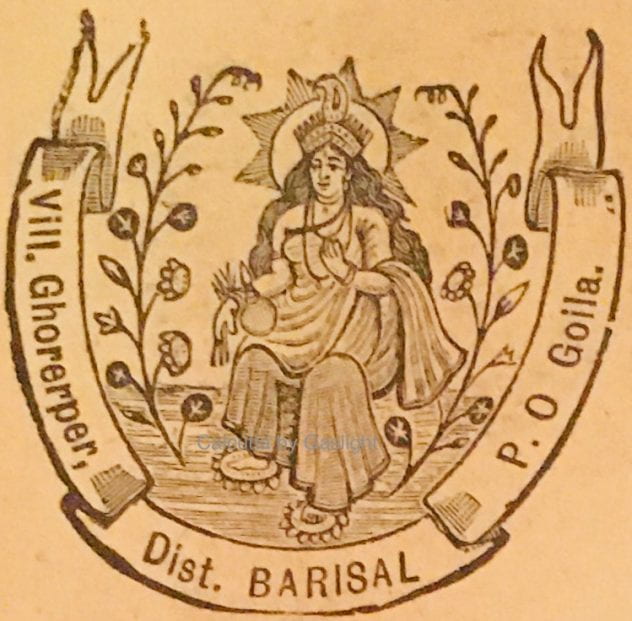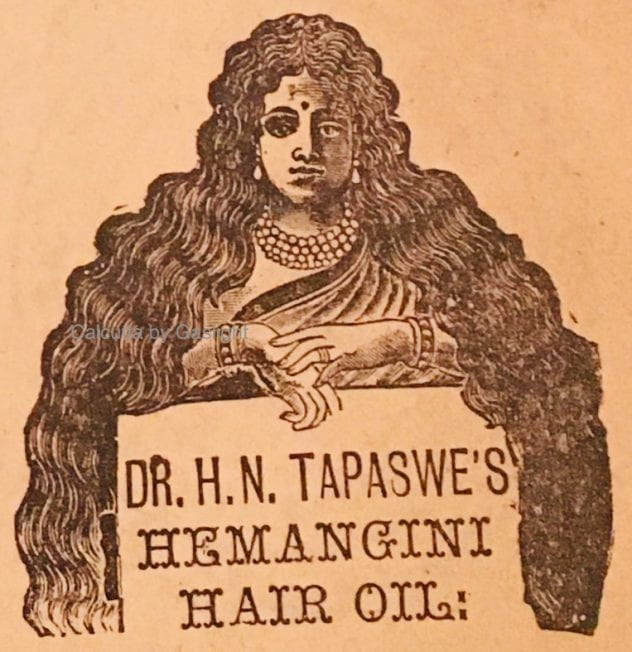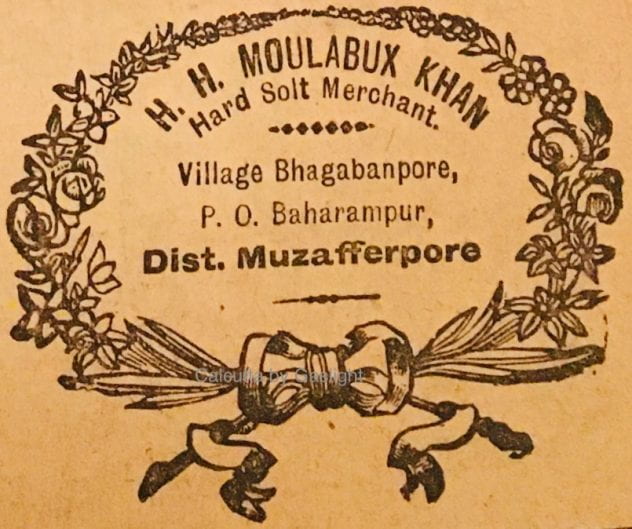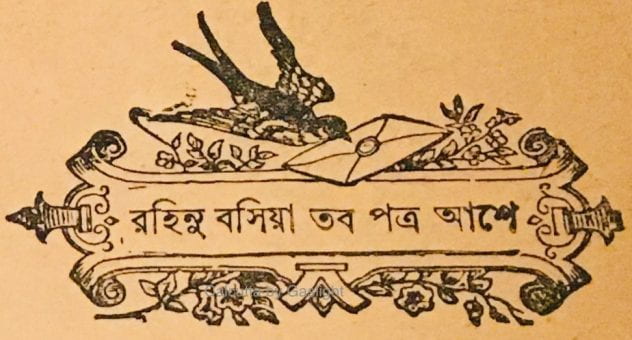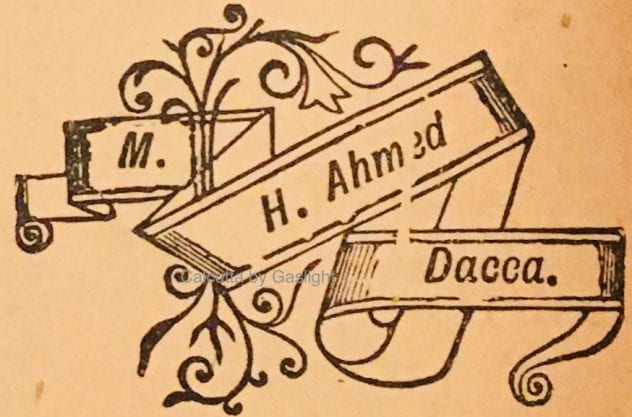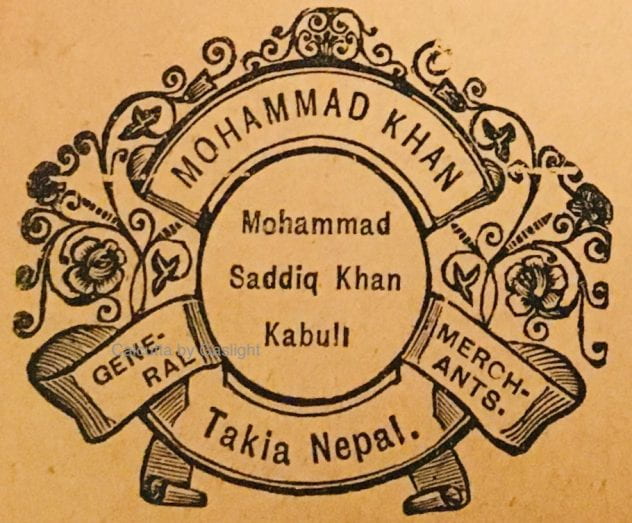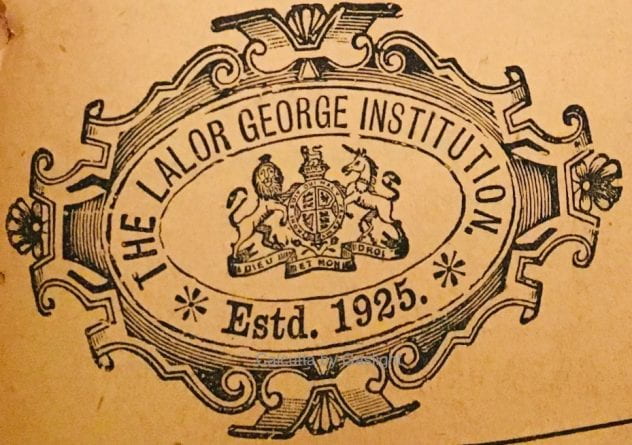Looking back through the mists of time, the soft-yellow light of the era of gaslights seem to brim exclusively with mystery and romance. Its stuffiness, grubbiness and drudgery are all too often forgotten. It is easy to forget that the Victorian era was after all wrapped tightly in red tape. No other era in history reveled as thoroughly in bureaucratic tedium than the age of gaslights. Calcutta, being the capital of the British Empire, was home to the vast imperial bureaucracy and embraced the red tape as few other cities did. As armies of its young men trained and entered the lower echelons of the colonial government and the numerous new businesses of that era as clerks, bureaucracy and red tape became instilled in the very soul of the city.
Reams and reams of yellowing documents that seem to exude from the seams of the city even today, like pus from a long-festering sore, attest to the depth and volume of this bureaucratic documentary culture. Families and offices hold on to these documents most often in anticipation of their being needed in real, possible or simply imaginary lawsuits or other more obscure dealings with the agencies of the almighty state. Though Victorian in origin, much of the culture has weathered the political upheavals of subsequent eras and survived. It continues to flourish in government offices, police stations, post-offices, educational institutions and every other office conceivable, where often pointless documentation is sought, produced and archived, never to be seen again. The value of such documentation as a form of inter-species food-aid to generations of white ants however can hardly be underestimated.
The alchemical process by which a piece of plain paper is converted into a document worth its name involves, more often than not, a rubber stamp. It is not unusual to meet with documents, even those of recent vintage, with half a dozen or more rubber stamps imprinted upon it by obscure, petty mandarins. Usually blue, but occasionally purple, and rarely red, these stamps are what invests the flimsy piece of paper with the strange qualities that render them visible to the state and valuable to the individual. Yet, unfortunately, no one seems to know much about the history of the rubber stamp.
Like most powerful institutions, it seems to have descended fully-formed from the highest heavens along with Adam and Eve. Perhaps they too, one wonders, had had to produce a rubber-stamped piece of paper to be allowed into the Garden of Eden. It is probably a testament to their power and apparent naturalness that no one has even thought to invent a mythic origin story for the rubber-stamps. They seem to just be there: eternal, unforgiving and endlessly repetitive.
Most accounts of the origin of these ubiquitous office tools give the credit to one James Orton Woodruff of Auburn, New York. Woodruff’s uncle, Urial Woodruff, was a dentist and used a ‘vulcanizer’ to make rubber dentures. The young James had apparently been inspired by his uncle’s practice and used the latter’s machine to produce the first moulded rubber stamps. He went on to establish the Superb Stamp Pad Co. and make a fortune out of it. Soon other entrepreneurs joined in and by the early 1870s the rubber stamp was becoming an indispensable part of any modern office.
The earliest rubber-stamp makers in British India most likely dated from the late 1870s. Two of the earliest manufacturers, both of whom started advertising rubber stamps around 1879, were the Gantz Brothers of Madras and Bloomfield & Co. of Calcutta. Bloomfield & Co. was owned by Mr. G.H. Bloomfield and had its head office at 16, Chowringhee, Calcutta. The Company’s stamps were branded as “Bonanza Rubber Stamps” and they enjoyed exclusive contracts for supplying the Bank of Bengal, the Hong Kong & Shanghai Bank, Chartered Bank, East Indian Railways, Eastern Bengal Railways and a number of other commercial and governmental agencies. One of their popular lines comprised of facsimile signatures. These latter became so popular amongst army officers that by the early 1880s the army officials issued a new directive disallowing the use of rubber stamped signatures by regimental officers on official communications. The rubber stamp was clearly well on its way by the 1880s towards becoming entrenched in the marrows of Indian officialdom.
And yet, despite all that might be justly said against them as the epitomes of mindless iteration, banal displays of petty authority, the very soul of a soulless mechanical age, were they really all that trite? Perhaps, clobbered by regimes that ask for and stamp the documents, we have not looked closely at the stamps themselves. Indeed, one of the greatest talents of gaslit Calcutta was its ability to invest even the most mundane of objects, acts and institutions with a degree of aesthetic appeal and sensory pleasure that seems rare today.
It is a pity that we know so little about the actual designs of the early Indian rubber stamps. As the demand for these stamps expanded and more and more producers joined the fray, the designs clearly proliferated and diversified. By the dawn of the twentieth century we already find a number of local Bengali producers such as P.M. Bagchi & Co. not only producing rubber stamps but also seeking to expand the demand further by creating networks of franchisees and agents in smaller moffussil towns. This process of expansion, embedding and diversification continued apace in the interwar years and that is when we witness the full aesthetic blossoming of rubber stamp designs. Rather than simply official designations, signatures and such dour imprints, we see an increasing use of fairly diverse religious iconography, Arabesque borders, decorative new fonts and so forth.
Alongwith the aesthetic diversification we also glimpse a potential diversification of usage. The new stamps of the interwar years suggest that they were no longer used by banks and colonial officers alone. Small traders such as biri makers, rice-mill owners and even masons (raj-mistris) had become consumers and users of rubber stamps, as were smaller religious institutions and a host of private individuals. The specific ways in which these stamps were used also evolved. Some of the stamps suggest that they were no longer used simply to mark official documents, but also to decorate private correspondence. The greater heterogeneity of users and uses was no doubt intimately connected to the greater variety of iconography.
The company at the forefront of this expansion and diversification was P.M. Bagchi & Co. P. M. Bagchi was an inventive and expansive business whose commodity portfolio included both popular almanacs and cosmetics, besides a number of popular patent medicines. Rubber-stamps were a key part of this portfolio and they used to advertise them in large catalogs. These catalogs, that included past designs, give us an excellent sense of both the range of consumers and the diversity of designs.
Here is a small selection of rubber stamps from P.M. Bagchi’s catalog for 1939.






